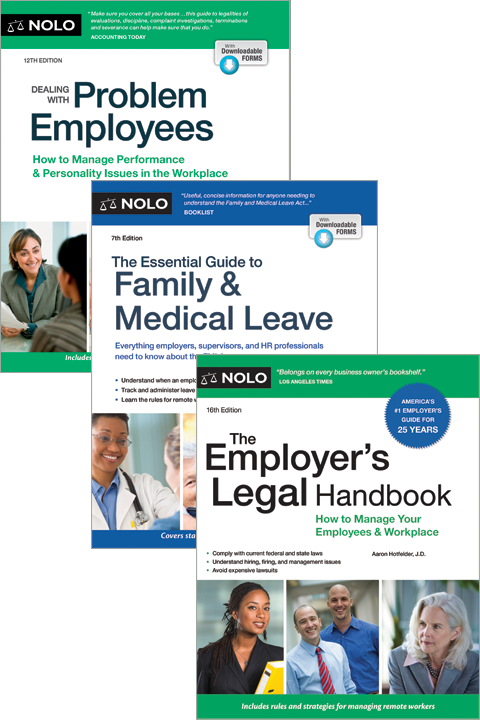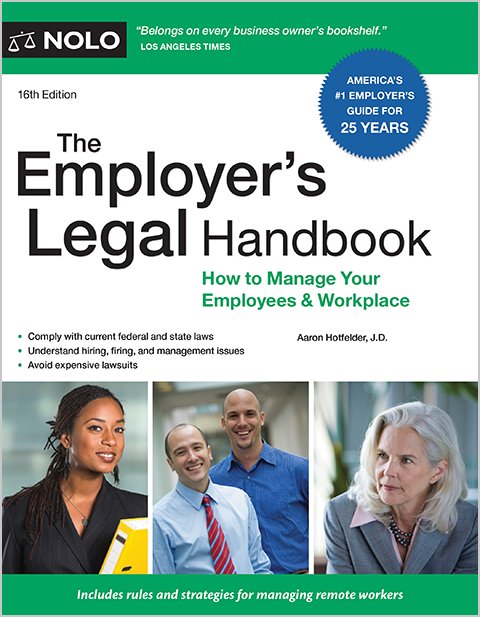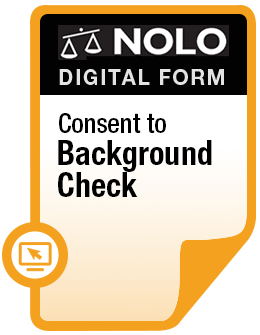In the Civil Rights Act of 1991, Congress made punitive damages and damages for pain and suffering available in discrimination cases.
Before 1991, employees who successfully sued their employers for discrimination under federal law could collect only their out-of-pocket losses. For example, an employee who was fired because of his race could collect back pay and other financial costs incurred as a result of the discrimination, such as health insurance premiums. The employee could also be reimbursed for court costs and attorney fees. But no employee could collect damages for pain and suffering (including the negative emotions suffered as a result of the discrimination) or punitive damages (intended to punish egregious employer misconduct).
In other types of employment lawsuits, pain and suffering and punitive damage awards often make up the lion's share of the judgment.
Employee rights advocates argue that these higher awards are necessary to fully compensate the employee for all of the wrong done by the employer, including emotional suffering, and to create a strong financial incentive for employers to avoid this behavior in the future.
The Civil Rights Act of 1991
In 1991, Congress acted to make these damages available in discrimination cases brought under Title VII and the Americans with Disabilities Act. The Civil Rights Act of 1991 was largely a response to a series of Supreme Court decisions that limited employee rights. The law makes a number of changes to these discrimination laws, including giving employees the right to a jury trial and changing the rules for disparate impact cases.
As a result of the Civil Rights Act of 1991, in addition to back pay, attorneys' fees, court costs, and other out-of-pocket expenses, employees who win an ADA or Title VII discrimination case can ask the court to award damages for their pain and suffering and punitive damages. The amount of damages that can be awarded depends on the size of the employer; these limits are for the combined total of pain and suffering and punitive damages:
- The court can award up to $50,000 if the employer has 15 to 100 employees
- The court can award up to $100,000 if the employer has 101 to 200 employees
- The court can award up to $200,000 if the employer has 201 to 500 employees.
- For larger employers, the court can award up to $300,000.
Do You Have a Discrimination Claim? Contact an Attorney
If you think you have been discriminated against, you should schedule a consultation with an employment lawyer. Not every unfair employment action will support a legal claim of discrimination. An experienced lawyer can give you an objective assessment of your case, including how strong your claims are and what kind of damages a judge or jury might award. A lawyer can also help you try to negotiate a settlement with your employer or, if necessary, take the required steps to protect your rights, such as filing a charge of discrimination or even filing a lawsuit.
Talk to a Lawyer
Need a lawyer? Start here.
How it Works
- Briefly tell us about your case
- Provide your contact information
- Choose attorneys to contact you
- Briefly tell us about your case
- Provide your contact information
- Choose attorneys to contact you



